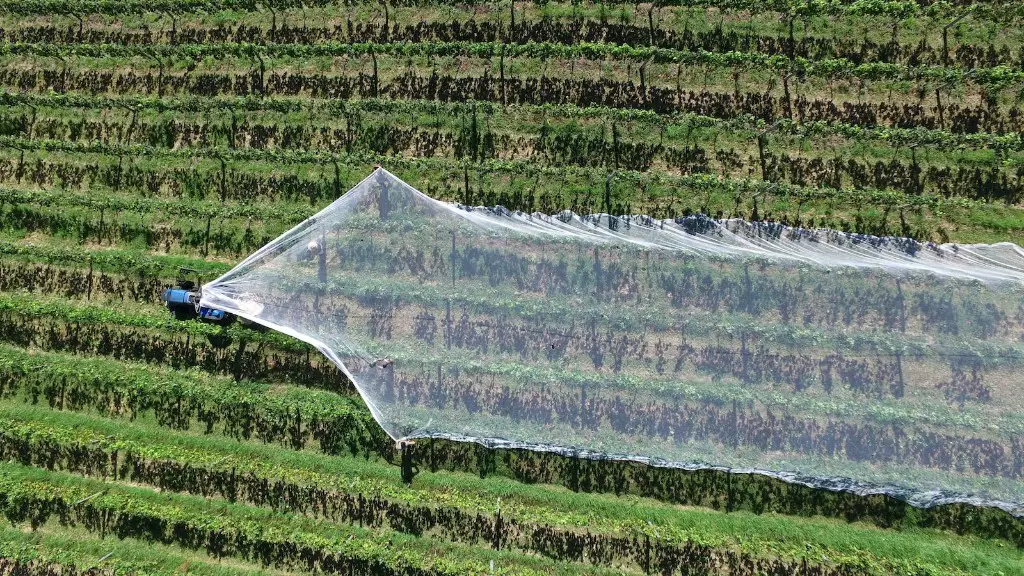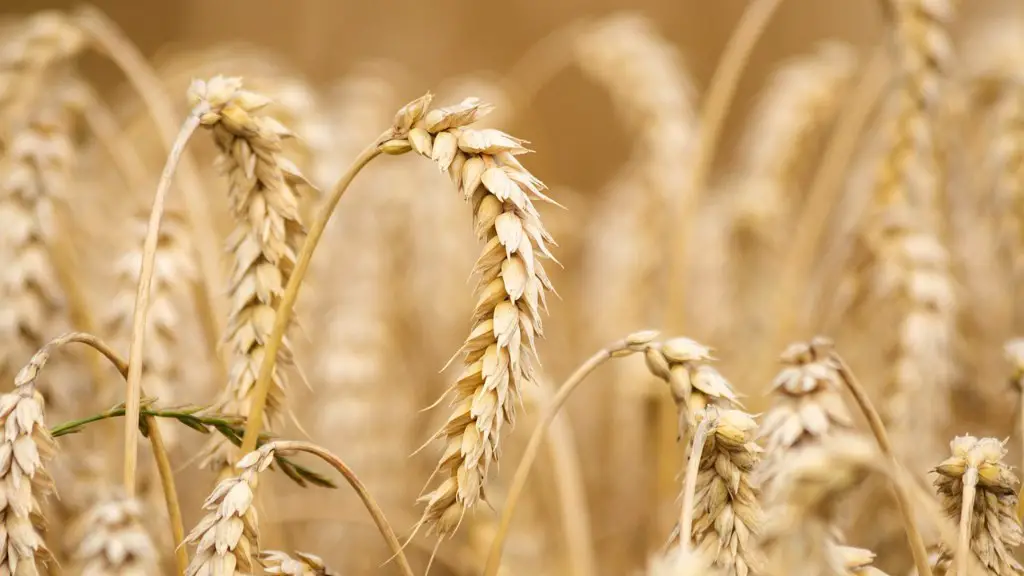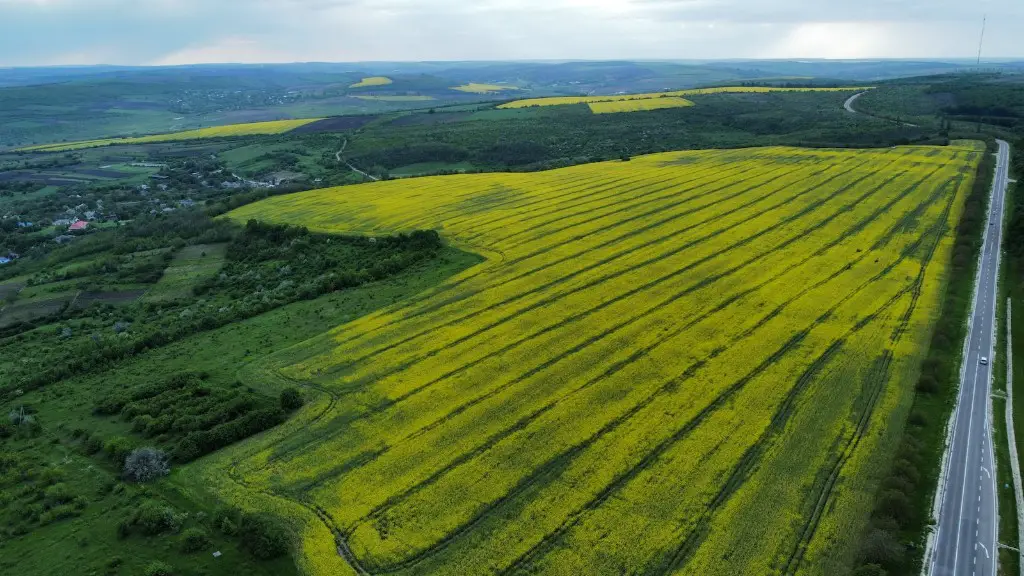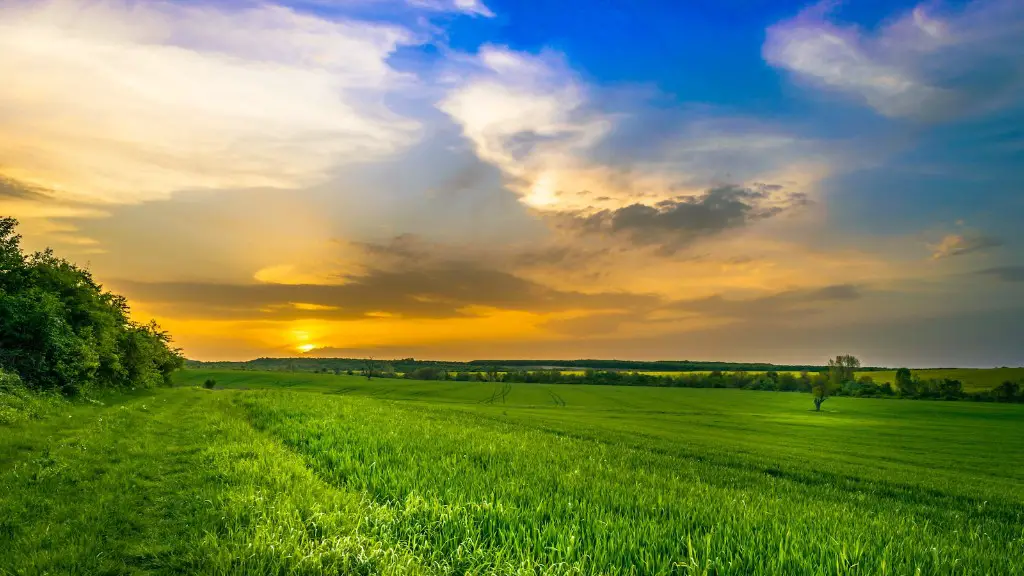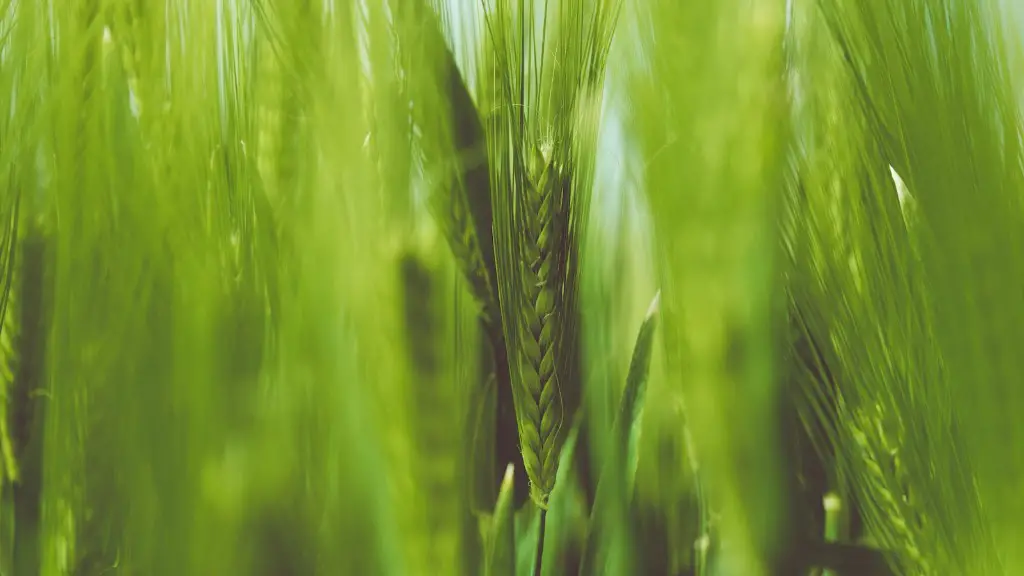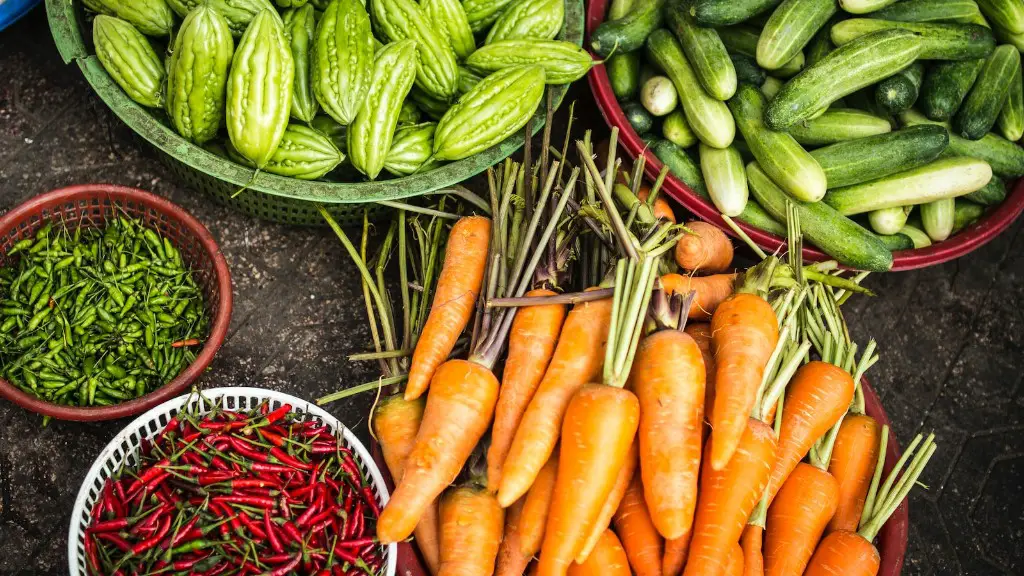Agriculture has had an undeniable impact on the environment. It is one of the main drivers of deforestation and loss of biodiversity, and it is also a major contributor to greenhouse gas emissions. Agriculture also uses large amounts of water, which can lead to water scarcity and other environmental problems.
The way we grow and raise our crops has a huge impact on the environment. The type of crops we grow, the pesticides and herbicides we use, the amount of water we use, and even the way we till the soil can all have an effect on the local ecosystem and beyond.
What are 3 effects of agriculture on the environment?
Large-scale, conventional farming is not sustainable in the long term. It contributes to climate change, pollutes air and water, and depletes soil fertility. We need to move to more sustainable methods of farming that focus on diversification, conservation, and organic practices.
Agriculture has had a profound impact on the environment. Five of the most significant environmental effects of agriculture are soil fertility loss, eutrophication of water bodies, deforestation, climate change and pesticide pollution.
Soil fertility loss is one of the most serious environmental effects of agriculture. It occurs when the nutrients in the soil are depleted faster than they can be replenished. This can lead to a decline in crop yields and eventually lead to desertification.
Eutrophication of water bodies is another serious environmental effect of agriculture. It occurs when excessive nutrients are added to water bodies, causing an overgrowth of aquatic plants and algae. This can lead to a decrease in dissolved oxygen levels, which can be harmful to fish and other aquatic creatures.
Deforestation is another environmental effect of agriculture. It occurs when forests are cleared to make way for farmland. This can lead to a loss of habitat for wildlife, as well as a decrease in the amount of carbon dioxide that is absorbed by trees.
Climate change is another environmental effect of agriculture. Agriculture contributes to greenhouse gas emissions, which are a major cause of climate change.
Pesticide pollution is another environmental effect of agriculture. Pesticides can pollute the air, water
What are 5 environmental factors that affect the agriculture industry
There are many environmental factors that can influence the amount of arable land available for crops. The main ones are terrain, climate, soil properties, and soil water.
Crop plants need space to grow, sufficient light, warmth, and moisture. Soils must be of sufficient depth with sufficient drainage, texture, and chemical and fertility properties. If any of these factors is not ideal, it can limit the amount of arable land.
For example, if the terrain is too steep or has a lot of rocks, it may not be possible to plow or cultivate the land. If the climate is too cold or too dry, crops may not be able to grow. And if the soil is shallow or has poor drainage, crops may not be able to get the water and nutrients they need.
There are a number of bad management practices that can negatively impact water quality, including poorly managed animal feeding operations, overgrazing, plowing, fertilizer, and improper, excessive, or badly timed use of pesticides. These pollutants from agriculture can be found in lakes, rivers, wetlands, estuaries, and groundwater, and can have a significant impact on the environment and human health. It is important to be aware of these practices and take steps to avoid them in order to protect our water resources.
How does agricultural activities destroy the environment?
The impact of slash and burn agriculture on the environment is significant. It results in pollution of water bodies due to the toxic pesticides and insecticides used, as well as soil erosion and loss of forest soil and watershed. This in turn can lead to ecological effects such as carbon sequestration, energy cycle regulation and surface water quantity regulation.
Some of the main problems that farmers face in India include poor access to reliable and timely market information, absence of supply & demand forecasting, poorly structured and inefficient supply chains, inadequate cold storage facilities and shortage of proper food processing units. These problems lead to large intermediation between the farmers and the consumers, which results in lower prices for farmers and higher prices for consumers.
Why is agriculture a problem?
Farming is an important part of the food chain and of the economy, but it faces many challenges. These include climate change, soil erosion, biodiversity loss, and changing consumer tastes. Farming also has to work with the natural world, which can pose its own challenges in the form of plants, pests, and diseases.
Canada is a great place to relocate to! The modernization and mechanization is top notch, the literacy rate is high, and the social amenities are great. The only downside is the lack of access to land and fertilizers.
What are the 5 biggest environmental problems caused by food and agriculture
Food production is a major contributor to environmental problems. The main problems are water use and water pollution, greenhouse gas emissions, environmental contaminants and pollutants, depletion of natural resources, and waste.
Water use is a major problem because growing food requires a lot of water. In addition, water pollution from agriculture is a major problem. Greenhouse gas emissions from food production are also a major problem.Environmental contaminants and pollutants from food production can also be a major problem,depleting natural resources and creating waste.
There are some solutions to these problems, such as zero waste grocery stores, eco-friendly grocery stores, and plastic-free grocery stores.
Agriculture plays a significant role in climate change, releasing methane and nitrous oxide into the atmosphere at every stage. Farming in particular is a major source of these powerful greenhouse gases, making it an important contributor to climate change.
How does agriculture positively affect the environment?
Sustainable agriculture is a type of agriculture that is practiced with the goal of preserving the earth’s natural resources. This means minimizing the use of synthetic inputs, such as fertilizers and pesticides, and maximizing the use of renewable resources, such as solar energy. Sustainable agriculture also aims to improve soil quality and reduce erosion, as well as preserve water resources.
Farming helped bring another curse upon humanity: deep class divisions. Hunter-gatherers have little or no stored food, and no concentrated food sources, like an orchard or a herd of cows: they live off the wild plants and animals they obtain each day.
What is a current issue with agriculture
The high cost of fuel and fertilizer severely impacted farmers and ranchers, especially as they navigated the fall harvest season. The cost of fertilizer increased by more than 60% from 2021 to 2022, while the price of fuel rose by nearly 20%. This placed a significant financial burden on farmers and ranchers, who are already struggling to make ends meet. The rising input costs also made it difficult for farmers to plant and harvest their crops, which could lead to lower yields and less food production. This is a serious problem that needs to be addressed in order to ensure that farmers and ranchers can continue to produce food for the world.
In order to address the triple challenge of feeding a growing population, providing a livelihood for farmers, and protecting the environment, we must set the table for sustainable progress. This means creating a food system that is productive, efficient, and resilient. It also means fair access to land, water, and other resources for all. And finally, it means investing in research and development to find new and better ways of producing food.
What are 3 challenges facing agriculture in the future?
Farmers and livestock producers are facing three major issues: agricultural trade, tax reform and the new farm bill. These issues are causing uncertainty among farmers and producers. Agricultural trade is a big issue because it affects farmers’ ability to sell their products. Tax reform is also a big issue because it could impact farmers’ tax liability. The new farm bill is also a big issue because it could affect farmers’ program benefits.
Agriculture is the main source of raw materials for many industries, including the textile, pharmaceutical and steel industries. Agricultural products are also important to international trade.
In developed countries, agriculture accounts for a small percentage of the GDP but in developing countries, it can account for up to 50% of the GDP. Agriculture also employs a large percentage of the workforce in many countries.
Agriculture can help to heal the environment by reducing greenhouse gas emissions and by promoting sustainable land management practices. It can also help to reduce poverty and hunger.
In times of war, agriculture is often crucial to the survival of a nation.
Conclusion
The ways in which agriculture affects the environment are both numerous and varied. Agriculture can have a negative impact on the environment through the introduction of non-native species, the overuse of pesticides and other chemicals, and the conversion of natural habitats to agricultural land. Agriculture can also have a positive impact on the environment by promoting sustainable land management practices, providing habitat for wildlife, and sequestering carbon.
The way we grow and raise our crops has a profound impact on the environment. From the pesticides and herbicides we use, to the way we till and prepare the soil, to the amount of water our crops require – everything we do as farmers affects the environment. Some of these impacts are positive, like when we use sustainable practices that help improve the quality of the soil, but some are negative, like when we overuse chemicals and strip the land of its natural resources. As the world’s population continues to grow, it is more important than ever that we find ways to farm responsibly and protect our environment.
